Why Are iPhones So Popular? The Power of Branding
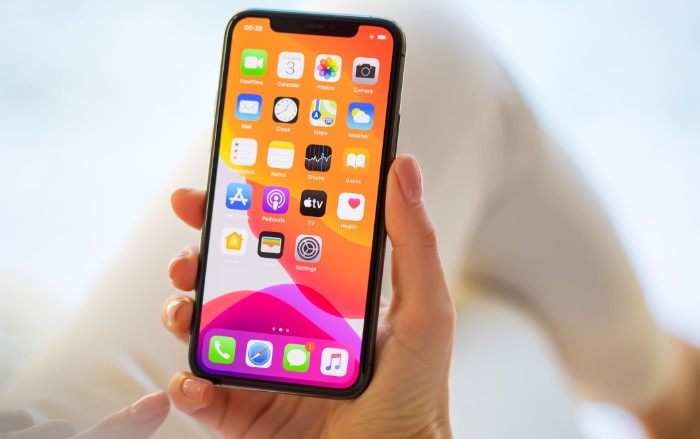
Consumer fascination with iPhones is hardly a fleeting trend; it’s a global phenomenon that has persisted for years. As one of the most recognizable and sought-after gadgets on the market, iPhones have found a place in the hands of millions, often dwarfing competitors in consumer surveys and sales charts.
But what exactly fuels this enduring allure? Is it the sleek design, the seamless ecosystem, or perhaps the promise of unwavering security?
Brand Image and Ecosystem
Apple has successfully cultivated a strong brand image that goes beyond mere logos and advertisements. This brand strength plays a significant role in why people gravitate toward iPhones.
But the appeal isn’t just skin deep; it extends into a well-crafted, expansive ecosystem that binds Apple products together, offering a seamless and intuitive experience for users.
The Power of the Apple Brand
When you think of Apple, what comes to mind? For many, it’s innovation, quality, and luxury. Over the years, Apple has earned consumer trust by consistently delivering high-quality products that push the boundaries of technology.
This commitment to excellence fosters customer loyalty, making people more inclined to opt for iPhones over competing smartphones.
Seamless Interconnectivity
One of the standout features that lure customers into choosing the iPhone is its integration with the broader Apple ecosystem. From MacBooks to iPads, Apple Watches to Apple TVs, all devices work together seamlessly.
This interconnectivity adds tremendous value, making daily tasks easier and more efficient. For example, you can start an email on your MacBook and finish it on your iPhone without missing a beat, thanks to features like Handoff.
iCloud: The Invisible Thread
iCloud serves as the backbone of this ecosystem. It’s more than just cloud storage; it’s a secure and convenient way to access data and files across multiple devices.
iCloud ensures that your photos, messages, and apps are updated in real-time on all devices. This centralization of data contributes to why people find iPhones—and the broader Apple ecosystem—so appealing.
Continuity in Experience
User experience remains remarkably consistent across all Apple products. Whether you’re using Siri on your iPhone or asking a query to your HomePod, the interface and interactions maintain a familiar theme.
This consistency in experience reinforces the brand image and ensures that once a user enters the Apple ecosystem, they are more likely to stay.
Lock-In Effect
While critics may argue that this ecosystem locks users in, making it difficult to switch to other brands, there is no denying that this ‘walled garden’ has its perks. The secure and integrated environment makes users feel at home, reducing the likelihood of them leaving for an alternative that may not offer the same level of integration or security.
Software-Hardware Integration
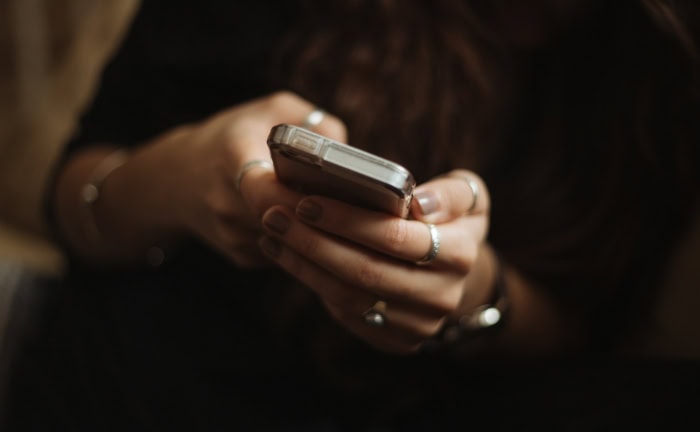
One of the standout features that sets iPhones apart from the competition is the integration between its software and hardware components. Both are designed in-house by Apple, creating a unified experience that is optimized for performance, security, and user convenience.
This integration is crucial for various aspects of the iPhone’s operations and functionalities.
Unparalleled Performance
When software and hardware are engineered to work together harmoniously, the outcome is often remarkable performance. iPhones frequently outperform their competitors in speed tests and real-world usage scenarios.
For instance, the A-series chips in iPhones are custom-designed to work efficiently with iOS, leading to smoother multitasking, quicker app launches, and overall improved system responsiveness.
Enhanced User Experience
Apple places a high emphasis on offering an exceptional user experience, and this shows in the way its software and hardware components interact. Features like 3D Touch or Haptic Touch provide tactile feedback that corresponds precisely with on-screen animations and actions.
This level of detail enriches the user’s interaction with the device, making it more intuitive and enjoyable.
Robust Security Measures
Security is one area where software-hardware integration shines especially brightly. From the Secure Enclave that handles fingerprint data in Touch ID to the facial recognition algorithms in Face ID, the iPhone’s security features are tightly knit into the hardware.
This ensures that sensitive information is stored and processed within the device, reducing vulnerabilities associated with cloud-based storage or third-party interventions.
Energy Efficiency and Battery Life
Another advantage of this integration is the iPhone’s energy efficiency. Because Apple controls both the operating system and the hardware, it can optimize power consumption in ways that are nearly impossible for Android manufacturers.
This results in longer battery life and less frequent charging, contributing to user convenience and device longevity.
Real-Time Software Updates
Apple’s control over both software and hardware allows it to release operating system updates that are compatible with multiple iPhone generations simultaneously. This is unlike many Android devices, where older models often get left behind or receive updates much later due to fragmentation issues.
Customer Service and After-Sales Support
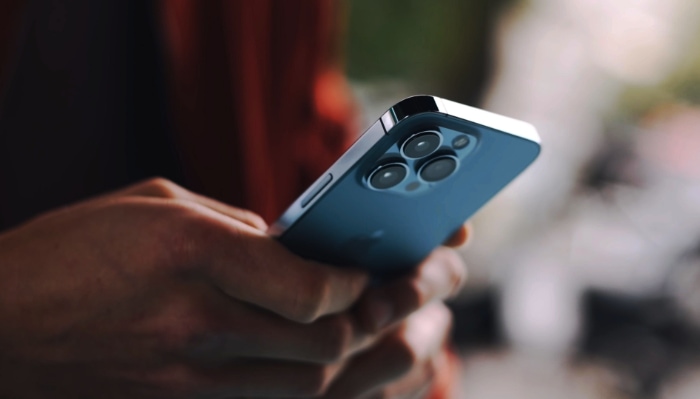
When it comes to consumer electronics, the relationship between the buyer and the product doesn’t end at the point of purchase. This is particularly true for iPhones, where Apple’s customer service and after-sales support offer a compelling reason for customer loyalty.
Whether it’s a warranty issue, software trouble, or general inquiries, Apple has a reputation for resolving customer concerns efficiently and courteously.
AppleCare as a Safety Net
AppleCare is often highlighted as one of the industry’s best warranty programs. Beyond just covering manufacturing defects and hardware failures, AppleCare extends to include accidental damage coverage and even theft or loss for an additional fee.
This comprehensive approach to a warranty adds an extra layer of security and comfort for iPhone users.
Genius Bar and In-Store Experience
The presence of physical Apple Stores enhances the company’s after-sales service offering. The Genius Bar inside these stores provides direct, face-to-face technical support.
Staffed by knowledgeable experts, it offers immediate assistance for a wide array of issues, reinforcing the reliability factor associated with choosing an iPhone.
Online Support and Community
Not every problem requires a visit to an Apple Store. Apple’s online support is robust, offering a variety of resources including troubleshooting guides, community forums, and direct chat options with support personnel.
This diversity of support channels ensures that help is always readily accessible, wherever the customer may be.
Remote Troubleshooting and Service
Apple has also invested in remote troubleshooting solutions. Through a combination of screen sharing, over-the-air diagnostics, and real-time chat, many issues can be resolved without setting foot in a store.
This convenience factor adds yet another positive aspect to the iPhone ownership experience.
Quick Turnaround on Repairs
For hardware-related issues that do require repairs, Apple has streamlined its repair process for efficiency and speed. The goal is to minimize the inconvenience to the customer, and this is evident in their quick turnaround times.
Users often report that Apple’s repair services are not only faster but also more reliable compared to third-party alternatives.
Design and Aesthetic Appeal
In a market saturated with smartphones, design and aesthetic appeal serve as powerful differentiators. iPhones have long been considered the epitome of smartphone design, coupling functionality with a sophisticated visual allure.
This combination results in a device that isn’t just practical, but also a status symbol that holds aesthetic value.
Minimalistic Elegance
Apple’s design philosophy centers around minimalism, focusing on clean lines, smooth surfaces, and an absence of extraneous details. This makes for an elegant device that appeals to those who value sophistication in their gadgets.
The sleek aluminum and glass constructions make iPhones visually striking and pleasant to hold.
Color Choices and Materials
Over the years, Apple has introduced a range of color options for its iPhone models, each designed with a level of consideration and detail that goes beyond mere aesthetics. Whether it’s the rich hues of the iPhone 12 or the sophisticated palette of the iPhone 11 Pro, these color choices offer users the ability to express their individuality through their device.
Attention to Detail
When it comes to design, the devil is often in the details. The precise placement of buttons, the tactile response of the controls, and the intuitive layout all add to the overall user experience.
This level of attention extends even to the packaging, which is engineered to offer a premium unboxing experience, setting the tone for the user’s relationship with the device.
Iconic Features
Certain design elements have become iconic to the iPhone brand, like the home button in earlier models or the notch that houses the facial recognition system in newer iterations. These elements are more than just functional components; they contribute to the distinct identity of iPhones, making them easily recognizable and differentiated in a crowded market.
Ergonomic Considerations
Apple also places a strong emphasis on ergonomics in its design process. The curvature of the device, the placement of ports, and even the texture of the materials are selected to maximize comfort and ease of use.
As a result, iPhones aren’t just beautiful; they are designed with human interaction in mind.
Exclusive Features and Services
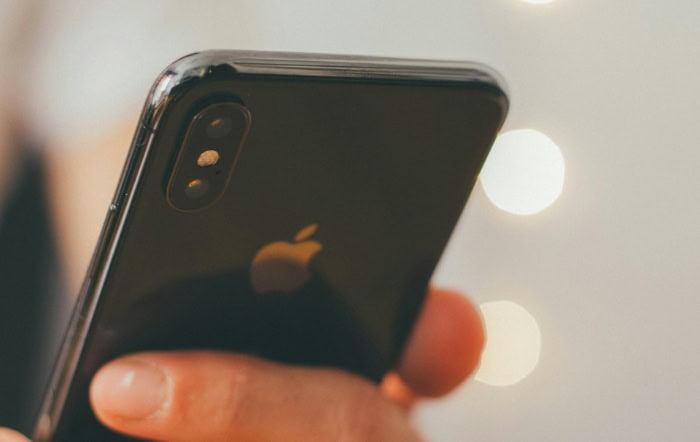
iPhones are not merely about hardware or design; they also offer a suite of exclusive features and services that are not available on other platforms. These extras, ranging from specialized apps to unique functionalities, often sway consumer choices toward Apple’s ecosystem.
They contribute to an enriched user experience that goes beyond the basic functionalities of making calls, sending messages, or browsing the web.
iMessage and FaceTime
iMessage and FaceTime are Apple-exclusive communication tools that offer a seamless experience for iPhone users. These platforms not only support end-to-end encryption for enhanced security, but also offer a wide range of features like group chats, animated emojis, and video conferencing, which integrate smoothly with other iOS functionalities.
Apple Music and iTunes
For audiophiles, Apple Music and iTunes provide a comprehensive library of songs, playlists, and podcasts that are optimized for the iPhone experience. The ease of use, customizability, and extensive library make these services an attractive option for those deeply invested in music.
Apple Pay and Wallet
When it comes to digital payments and financial transactions, Apple Pay stands out for its security features and ease of use. It allows users to make contactless payments using their iPhones, store digital versions of credit or debit cards, and even keep boarding passes and event tickets in the Apple Wallet app.
Health and Fitness Integration
iPhones come equipped with a dedicated Health app that gathers data from various sources, including the Apple Watch and third-party apps. This data is compiled to give users a holistic view of their health and fitness metrics in one consolidated dashboard.
This exclusive feature offers users a comprehensive approach to health management right from their iPhone.
AirDrop and Handoff
File-sharing and device synchronization are made effortless with features like AirDrop and Handoff. AirDrop enables rapid file transfers between Apple devices without the need for an internet connection.
Handoff allows users to start a task on one Apple device and continue it on another, making multitasking more efficient across the Apple ecosystem.
Social Influence and Status Symbol
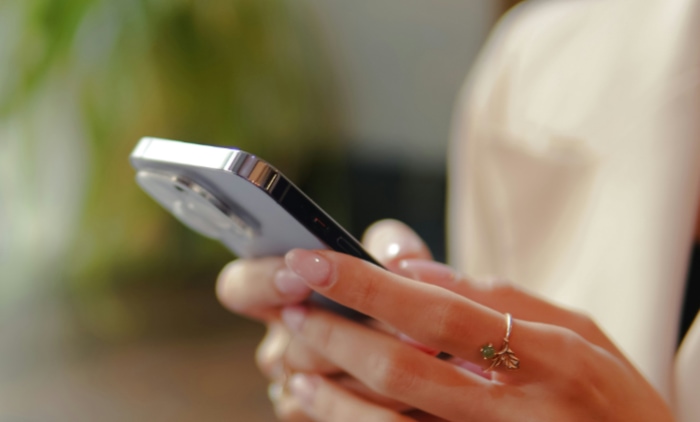
While technical specifications and unique features are significant factors, the social influence wielded by iPhones should not be underestimated. The iPhone is not just a piece of technology; for many, it is a statement of lifestyle and an indicator of social standing.
This form of brand prestige and societal impact contributes to why many consumers opt for iPhones over other options.
The Halo Effect of Brand Equity
Apple has built an unparalleled brand image that confers a sense of exclusivity and prestige on its products, iPhones included. This phenomenon is commonly referred to as the ‘halo effect.’
For consumers, ownership of an iPhone often translates to higher perceived social capital, elevating their standing within their social circles.
Celebrity Endorsements and Cultural Impact
From featuring in blockbuster movies to being flaunted by influencers and celebrities, iPhones have cemented their place in popular culture. These high-profile endorsements and appearances add a layer of glamour and aspiration to the iPhone brand, subtly influencing public perception and purchasing decisions.
The Network Effect
The more people within a social circle who use iPhones, the more valuable the device becomes for individual members of that group. Features like iMessage and FaceTime become more useful when a majority of contacts are also on the platform.
The network effect creates a self-perpetuating cycle that draws more users into the Apple ecosystem.
Trendsetting and Innovation Perception
iPhones are often seen as the trendsetters in the smartphone industry, whether it’s the introduction of the App Store, the removal of the headphone jack, or the advent of facial recognition technology. This reputation for being at the forefront of innovation also contributes to its status as a symbol of modernity and advancement.
Social Media and Virality
Apple’s marketing strategies often go viral, further amplifying the iPhone’s social influence. Whether it’s the launch of a new device, an advertising campaign, or even memes and social discussions, the buzz generated across social platforms contributes to shaping the iPhone as a cultural icon.
Conclusion
Drawing together the multiple threads of this analysis, it becomes evident that the preference for iPhones isn’t solely based on any single factor, but rather a confluence of technological prowess, exclusive features, and sociocultural influences. From the seamless integration of hardware and software to the aesthetic appeal and design, iPhones offer a comprehensive and enriching user experience.
The allure is further intensified by exclusive services, reliable customer support, and a distinctive status symbol the device has come to represent in society. Each of these elements contributes to the iPhone’s enduring appeal, making it a compelling choice for a wide range of consumers.


